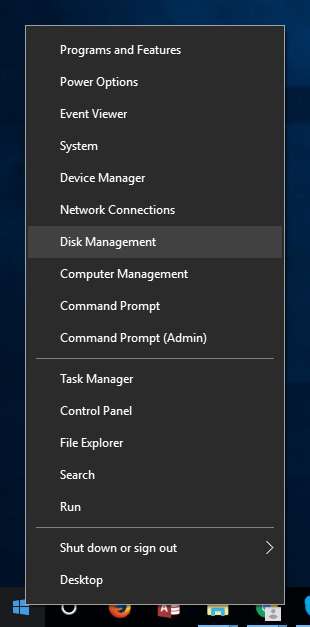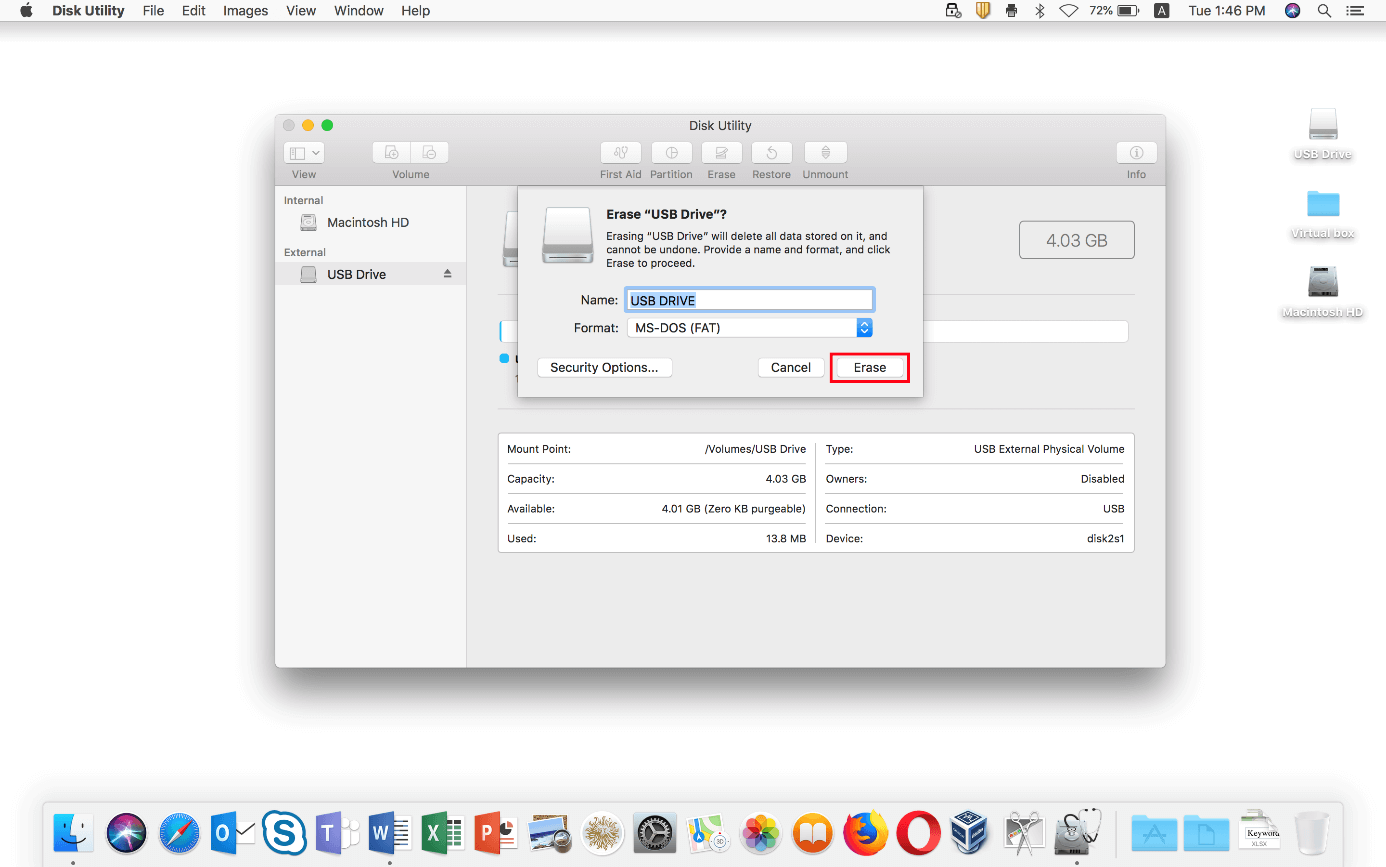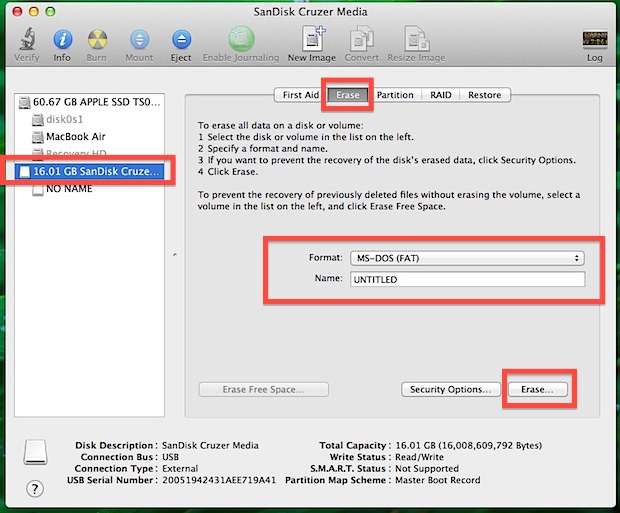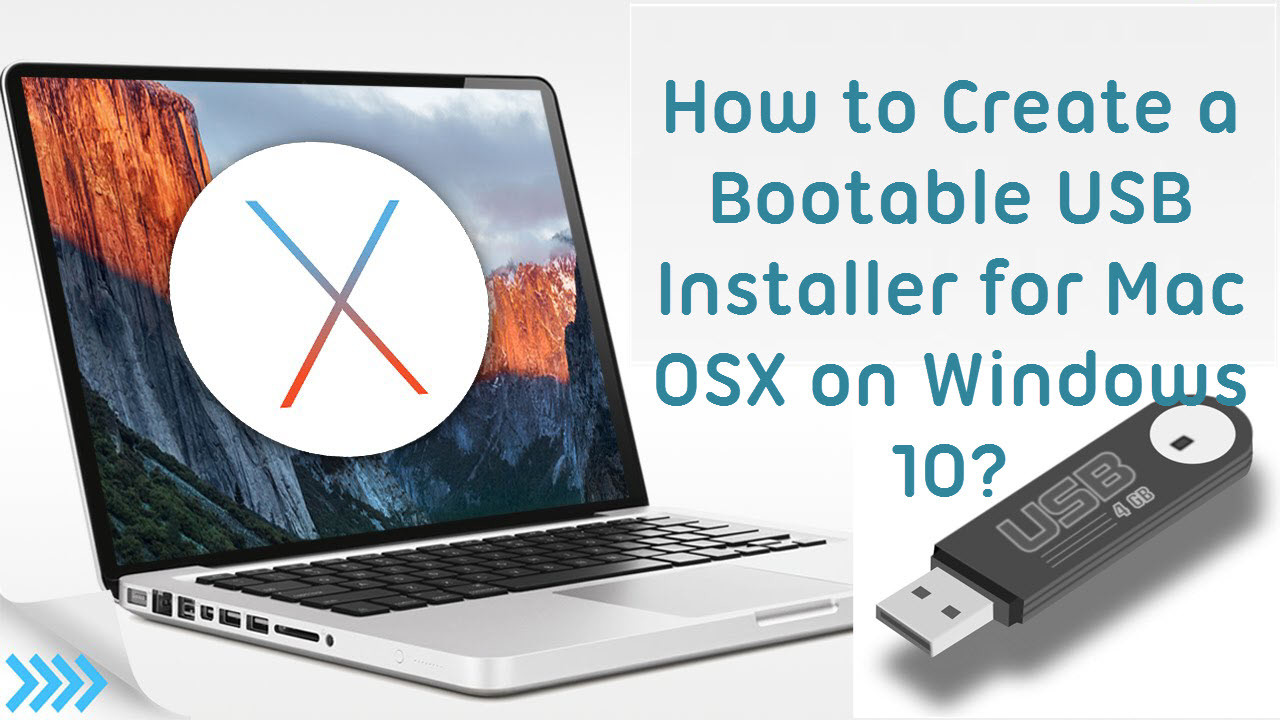Click Start File Explorer This PC. Right-click your flash drive and then select Format. In the File System list box, choose exFAT, type in a Volume Label if you want, and then click Start.
Note: Formatting your flash drive will remove all files or folders onthe drive, so make sure you back up your files before formatting yourdrive.
- The file system exFAT combines the best of both NTFS and FAT for flash drives by reading and writing larger files at a faster speed. Formatting is not complex either. If you have your flash drive and computer system, you already have all the tools you need. Step 1: Right-click on your flash drive under My Computer and select Format.
- The detailed steps are presented as follows: Step 1. Press ' Windows ' + ' R' to open Run Dialogue. In this window, type ' diskpart ' and hit ' Enter ' key. In Diskpart window, input the following commands and hit ' Enter ' after each command.
Windows:
Connect the USB flash drive to your computer.
Click 'This PC'.

Formatting A Flash Drive For Mac And Pc
Right-click the flash drive's icon. It's beneath the 'Devices and drives' heading in the middle of the page.
Click Format. This option is near the middle of the drop-down menu. Doing so opens the Format window.

Click the 'File System' box. It's below the 'File System' heading near the top of the page. A drop-down menu will appear with the following options:
NTFS - The default Windows operating system format. If you're using your drive as a secondary Windows drive, you'll need to choose this option.
FAT32 - The most widely compatible format. Works with most computers and gaming consoles.
Note: exFAT format USB flash drives do not work with ClonerAlliance products.
Click a format option (FAT32 or NTFS). If you've formatted your drive before and you're positive that it isn't broken, you can also check the Quick Format box.
Screen recorder for mac os high sierra. Click Start, and then click OK. Doing this will cause Windows to begin formatting your flash drive for you.
Click 'OK' when prompted. Your flash drive has successfully been formatted.


Mac:
Connect the USB flash drive to your Mac.
Note: Some Macs don't have USB ports, so you'll need to purchase an adapter.
Click 'Go'. It's a menu item in the top-left side of the menu bar.
If you don't see Go, first click the Finder icon, which resembles a blue face in your Mac's dock.
Access Flash Drive On Mac
Click 'Utilities'. This option is in the Go drop-down menu.
Double-click 'Disk Utility'. You'll likely find this option in the middle of the Utilities page.
Click your flash drive's name. It's on the far-left side of the Disk Utility window.

Formatting A Flash Drive For Mac And Pc
Right-click the flash drive's icon. It's beneath the 'Devices and drives' heading in the middle of the page.
Click Format. This option is near the middle of the drop-down menu. Doing so opens the Format window.
Click the 'File System' box. It's below the 'File System' heading near the top of the page. A drop-down menu will appear with the following options:
NTFS - The default Windows operating system format. If you're using your drive as a secondary Windows drive, you'll need to choose this option.
FAT32 - The most widely compatible format. Works with most computers and gaming consoles.
Note: exFAT format USB flash drives do not work with ClonerAlliance products.
Click a format option (FAT32 or NTFS). If you've formatted your drive before and you're positive that it isn't broken, you can also check the Quick Format box.
Screen recorder for mac os high sierra. Click Start, and then click OK. Doing this will cause Windows to begin formatting your flash drive for you.
Click 'OK' when prompted. Your flash drive has successfully been formatted.
Mac:
Connect the USB flash drive to your Mac.
Note: Some Macs don't have USB ports, so you'll need to purchase an adapter.
Click 'Go'. It's a menu item in the top-left side of the menu bar.
If you don't see Go, first click the Finder icon, which resembles a blue face in your Mac's dock.
Access Flash Drive On Mac
Click 'Utilities'. This option is in the Go drop-down menu.
Double-click 'Disk Utility'. You'll likely find this option in the middle of the Utilities page.
Click your flash drive's name. It's on the far-left side of the Disk Utility window.
Click the 'Erase' tab. This option is at the top of the Disk Utility window.
Click a format option.
Note: exFAT format USB flash drives do not work with ClonerAlliance products.
Click Erase, then click Erase when prompted. This will begin the formatting process. Once the formatting is complete, you'll see an icon for your flash drive appear on your Mac's desktop.
